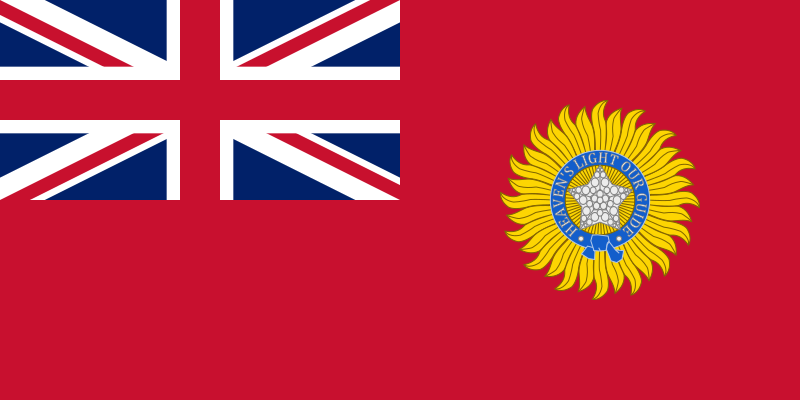The Pittsburgh Press (October 17, 1941)
India’s armed forces ready for any enemy
Overhauled army believed able to take on first-class power
By Virgil Pinkley, United Press staff correspondent

Simla, India, Oct. 17 –
India’s armed forces are described by neutral military observers today as powerful enough for action anywhere against any first-class enemy power.
The Indian Army has been thoroughly overhauled since the war began and, in the present Far Eastern crisis, it is no longer merely an establishment for colonial duty.
Now it is an organization of almost one million men, strongly equipped with the latest mechanized apparatus in addition to greatly intensified firepower.
On broad lines, this army is divided into mechanized, motorized and ordinary infantry troops. There is a light machine gun for each 10 men in the new organization.
Navy also built up
After the start of the war, the Indian Navy likewise was increased in personnel by five men to one. It has been built up in ships and men to take defensive action in Indian waters and to supply minesweepers, minelayers, torpedo boats, sloops and destroyers.
The navy is now patrolling large actions of the Indian Ocean and the Red Sea and, during the recent campaigns in East Africa, it cooperated closely with the army. So far, only two ships have been lost, due to mines.
The naval building program calls for an increase of many times the number of warships previously employed, and all of the country’s naval yards are working to capacity.
The Indian Air Force, still small, is being increased steadily and numerous Royal Air Force units are stationed in this country.
United Kingdom pays
Whenever Indian troops go abroad, their cost and upkeep is paid by the United Kingdom rather than the government of India, with the sole exception of the first contingents sent to Malaya and the Middle East prior to the start of the war to protect India’s eastern and western bastions. These troops were sent only after the Viceroy had gained the consent of Indian leaders.
The largest army modernization program began early in 1939 when the Parliament in London voted for improvements some $140 million, of which three-quarters was an outright grant and the remainder an interest-free five-year loan.
The speed of expansion was demonstrated by the fact that volunteers have been much greater than predicted and that there are now long waiting lists of volunteers who cannot be enlisted until adequate training facilities are completed and equipment provided.